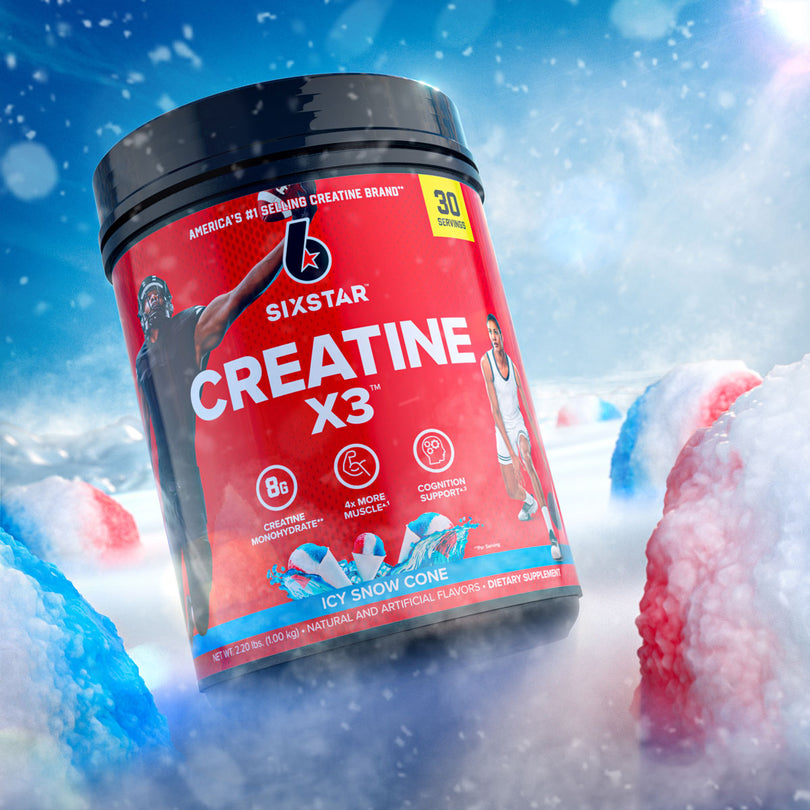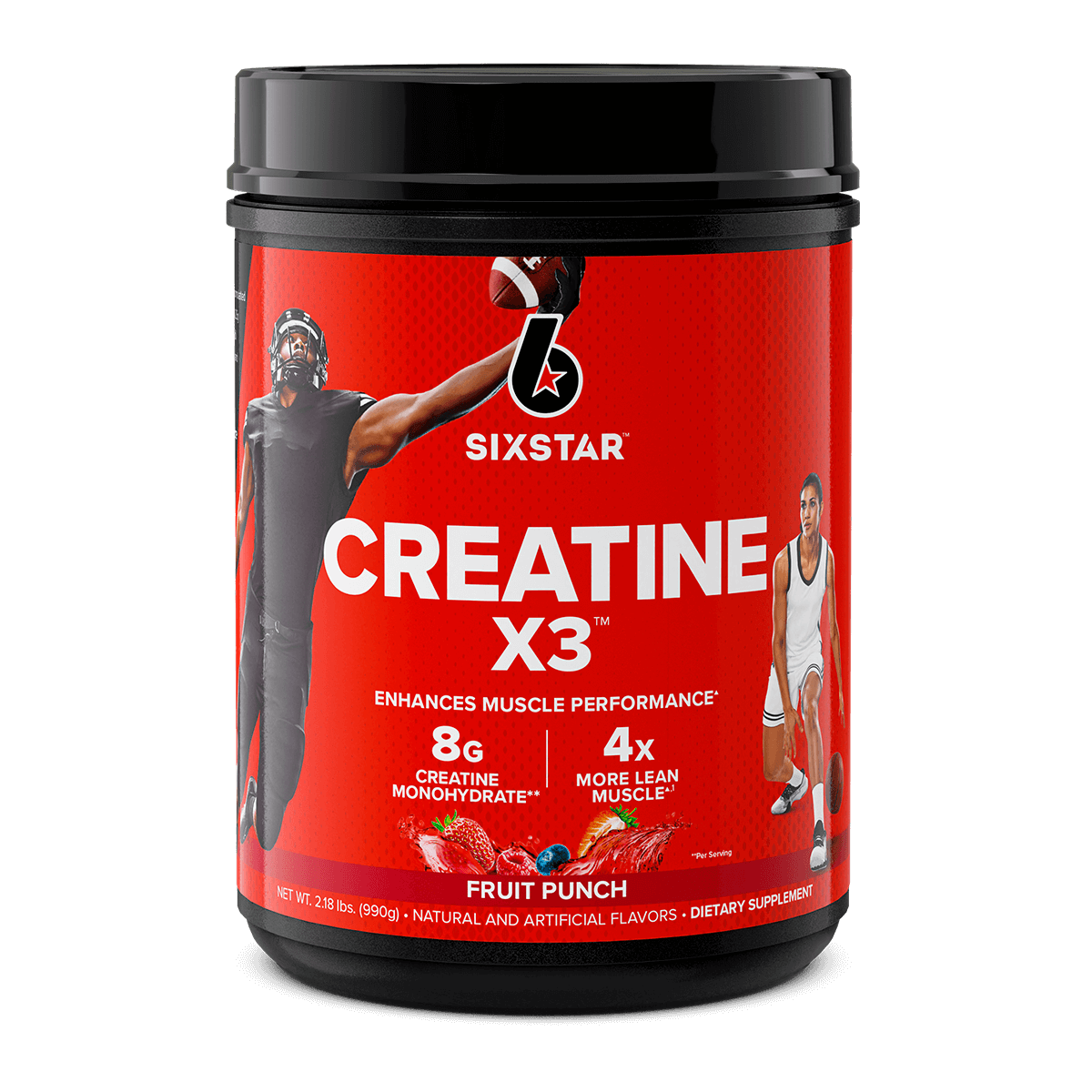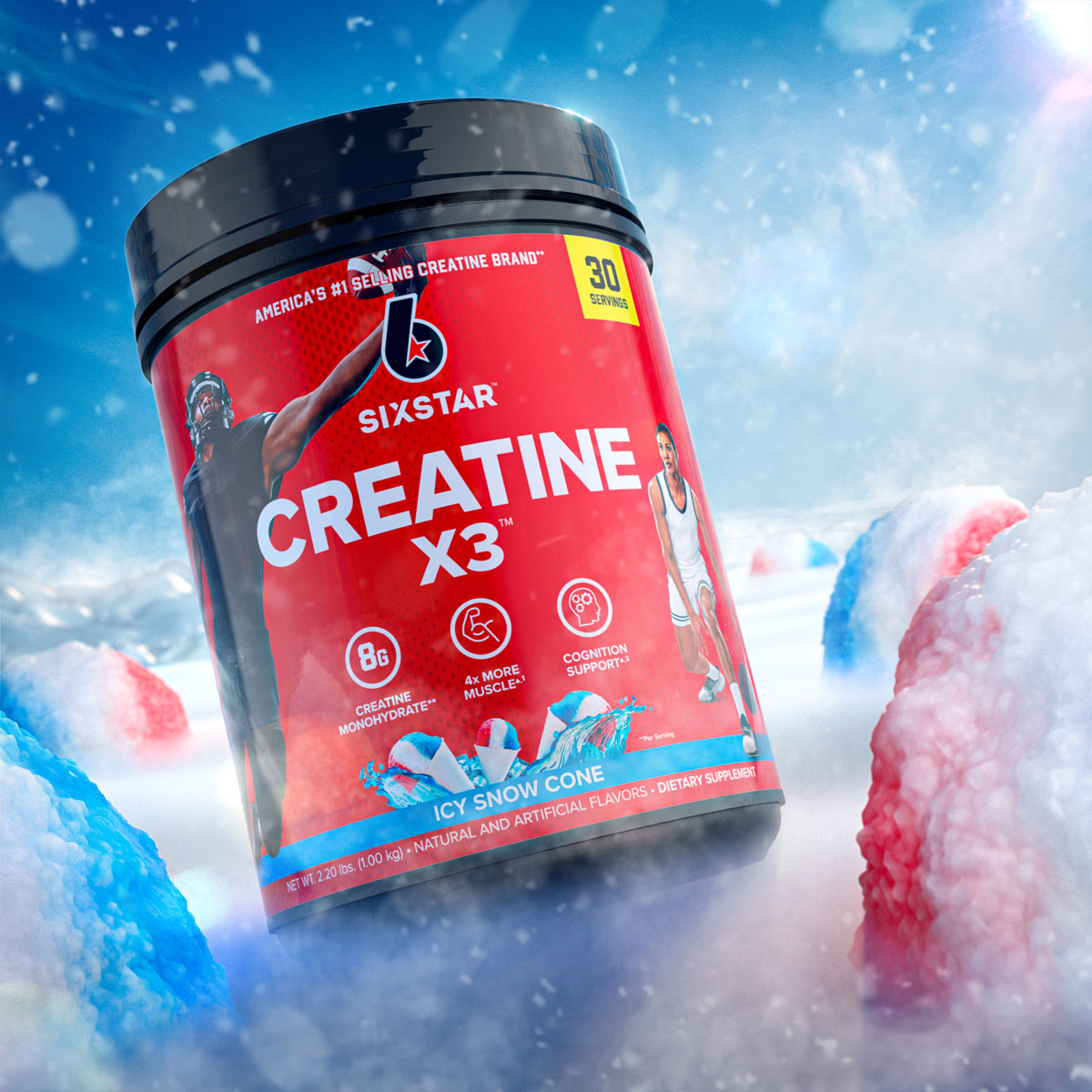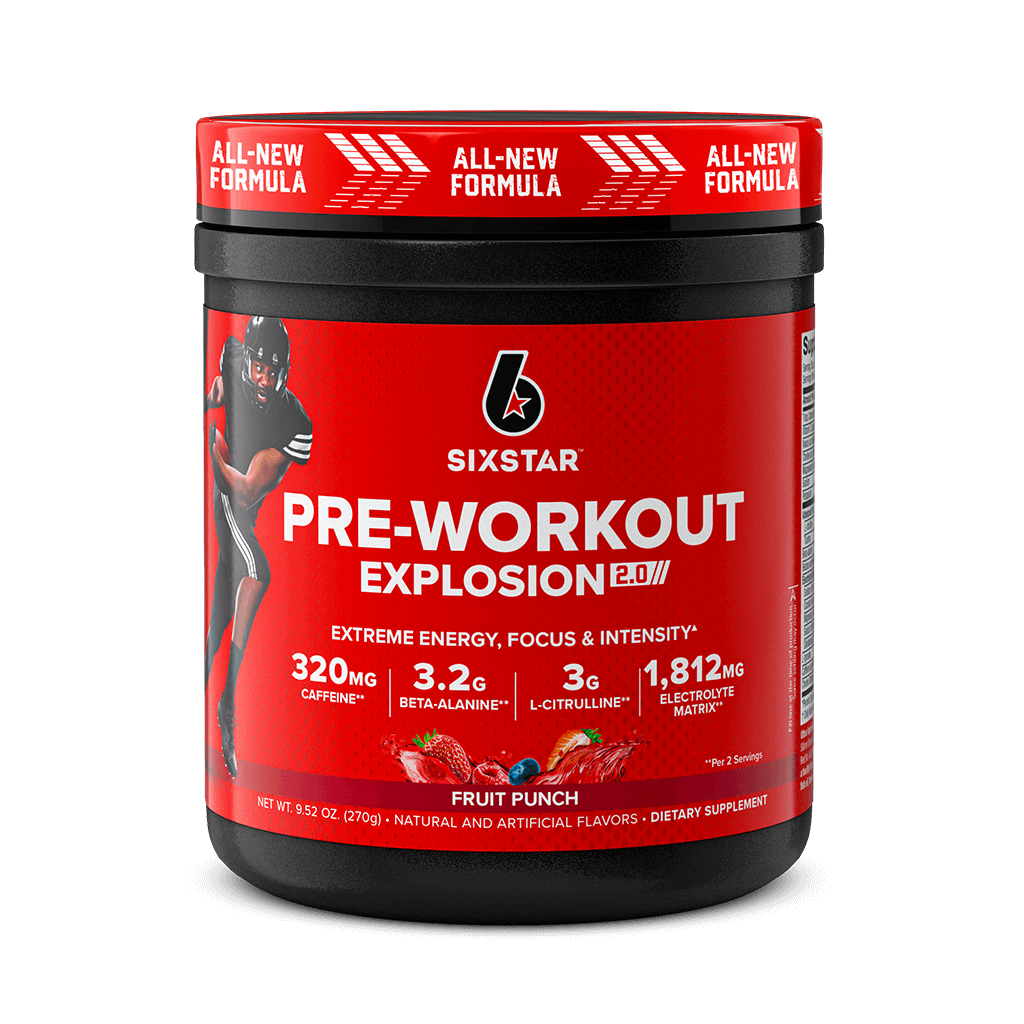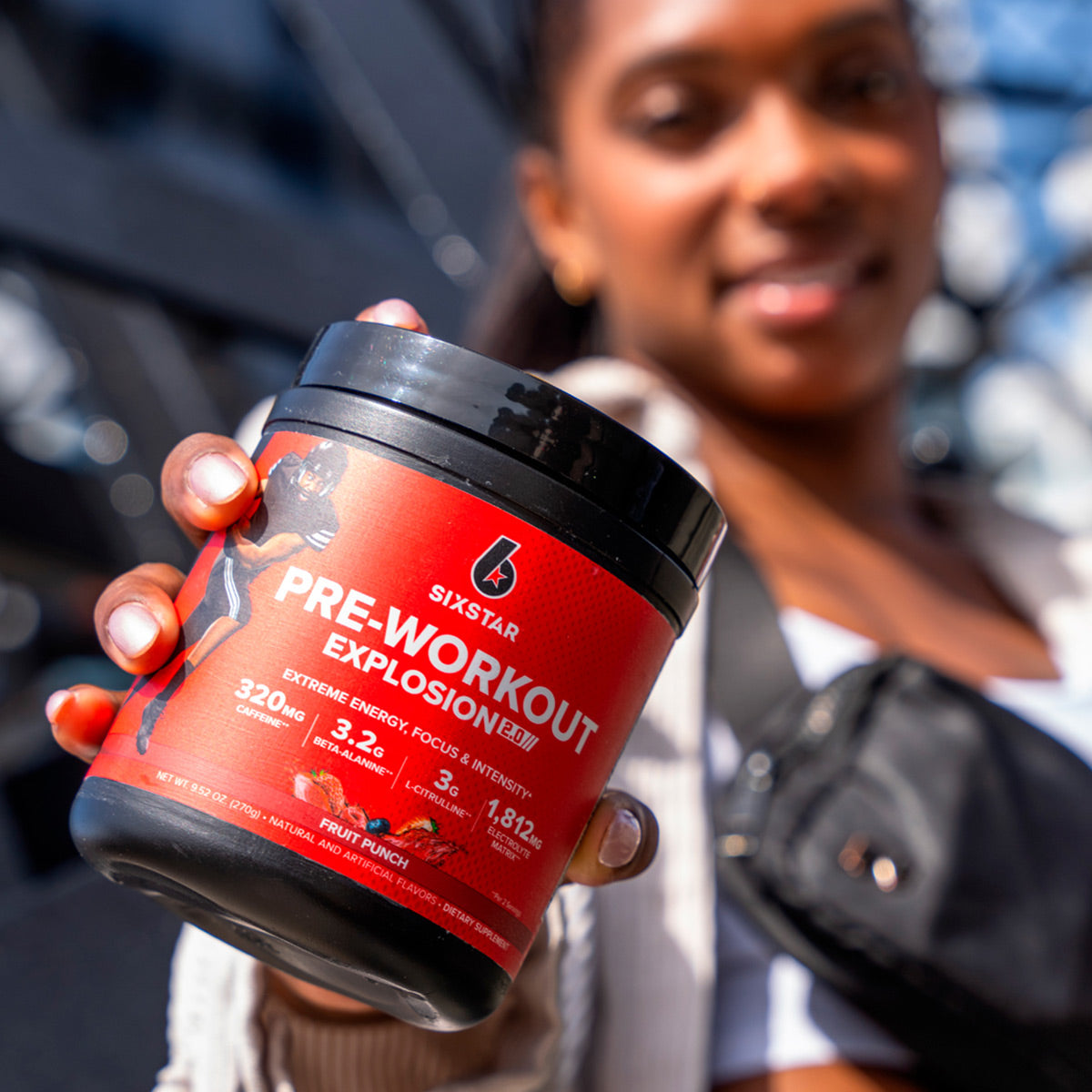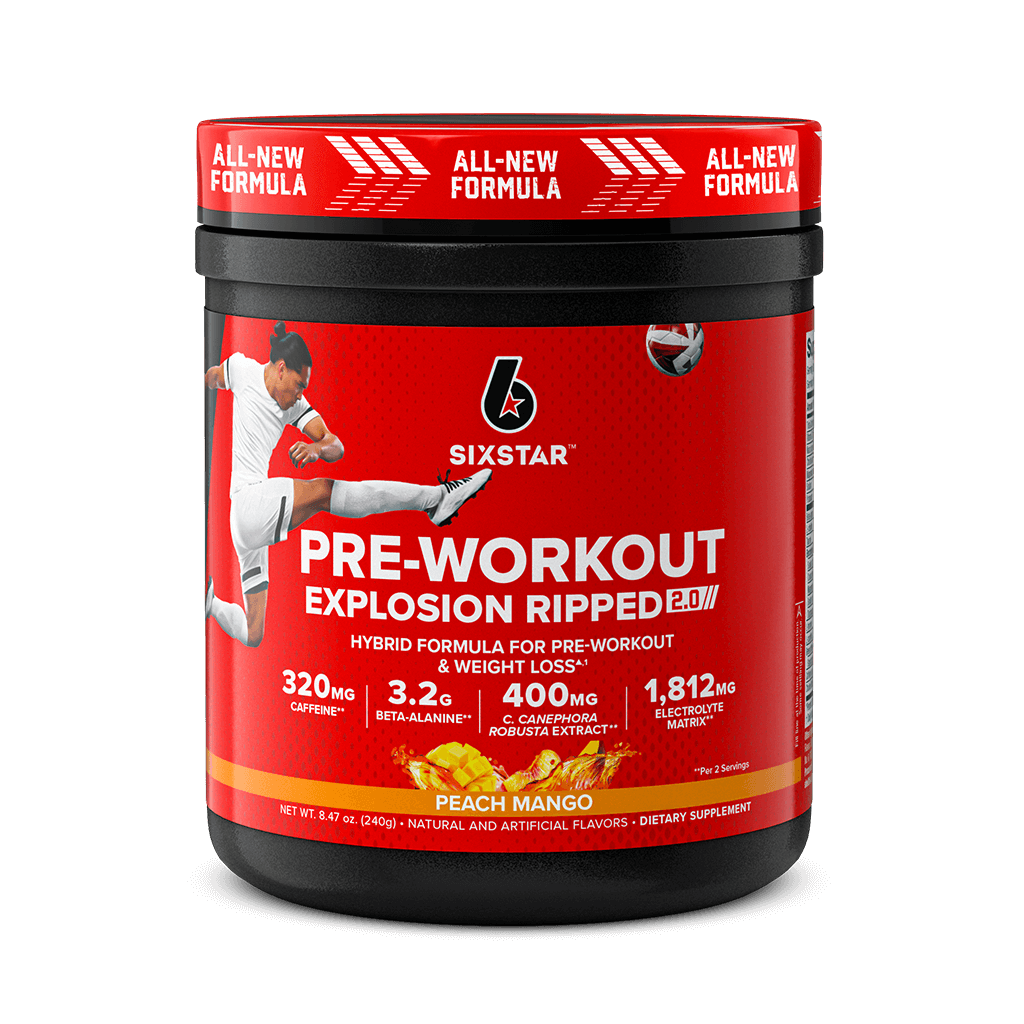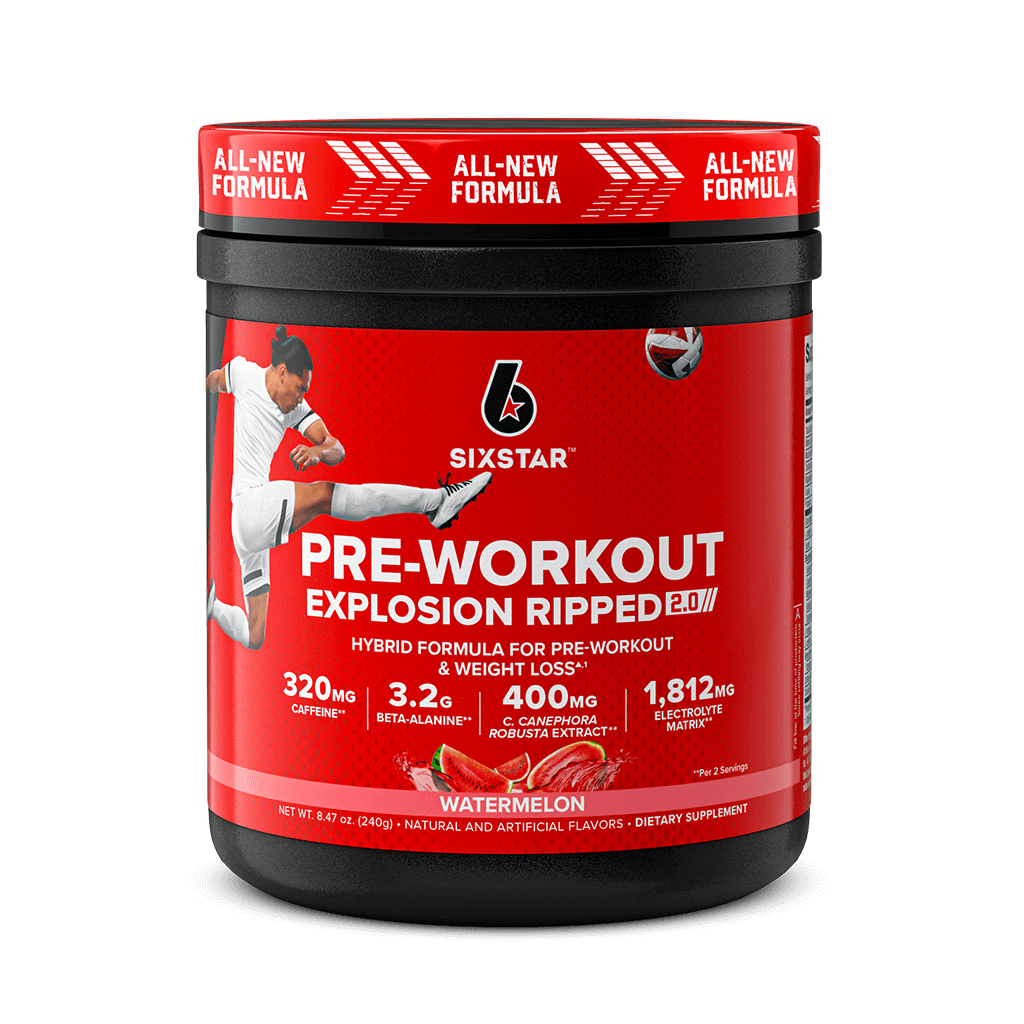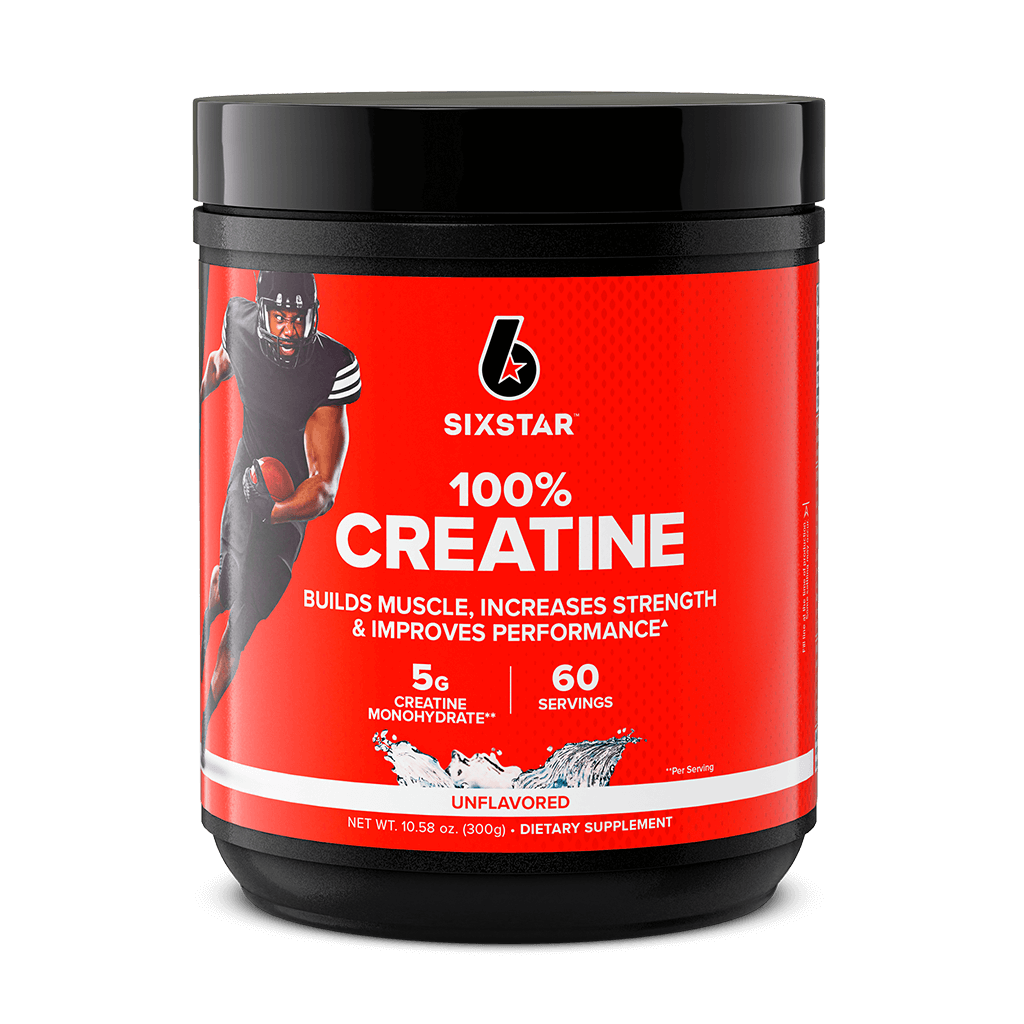Each one of us needs amino acids to maintain and support general health and metabolism. If you are someone who enjoys athletics and growing strong, chances are you have heard a lot about the difference these amino acids make. If you haven’t that is not a problem, you have come to the right place!
There is no doubt that amino acids are critical to help body function, but when to take amino acids is the “million-dollar question”. Before deciding when to take the supplements let’s have a clear understanding of the basics of what these amino acids are and how they play a role in your fitness and wellness goals.
Table of content
What are Amino acids?
Most people have heard the statistic that their bodies are up to 60 percent water; however, not everyone knows that our body is made of 20 percent protein. Proteins are like the construction crew in our body providing the structure for just about everything in your body, from our cells through to organs, bones, muscles, skin, hair, and nails. Our body also needs protein to digest food, provide energy, manage blood glucose, regulate your immune system, produce enzymes, neurotransmitters, and hormones. In short, without the amino acids that make up protein, your body cannot function.
Amino acids are protein’s building blocks. Our body needs 20 of them to help build, function properly, as well as repair itself.

Types of Amino Acids
There are two types of amino acids: essential and nonessential. There’s also a subcategory of essential amino acids called branched-chain amino acids.
1. Non- Essential Amino Acids
Our body naturally produces nonessential amino acids. When we enjoy good health, our body’s production is enough to maintain homeostasis by making non- essential amino acids from other amino acids and are not required to be supplied via food.
These non-essential amino acids are:
- Glutamine
- Glutamic acid
- Arginine
- Glycine
- Asparagine
- Serine
- Alanine
- Aspartic acid
- Proline
- Cysteine
- Tyrosine
2. Essential Amino Acids
The human body does not produce these amino acids, even though they are vital to sustain human life. This means we must get them in the protein found in plant and animal food sources.
The nine essential amino acids as well as where to find them are:
- Valine [valine rich foods: Dairy, Cheese, & Eggs, Seeds & Nuts, Fish, Pork, Beef, Beans, Chicken & Turkey].
- Leucine [Leucine rich foods: Parmesan Cheese, Soybeans, Chicken Breast, Tuna Fish, Beef, Nuts, Soybeans].
- Isoleucine [Isoleucine rich foods: Milk & Dairy, Eggs, Chicken, Beef, Pork, Nuts & Seeds, Legumes, Peas, Beans].
- Tryptophan [Tryptophan rich foods: Seed & Nuts, Lamb, Chicken & Turkey, Fish & Crab, Beans, Beef, Soybeans].
- Histidine [Histidine rich foods: Fish, Pork, Beans, Eggs & Dairy, Seeds & Nuts, Turkey & Chicken, Soybeans].
- Methionine [Methionine rich foods: Fish & Shellfish, Parmesan Cheese, Beans, Eggs, Turkey & Chicken, Beef, Lamb].
- Lysine [Lysine rich foods: Lean Beef, Pork, Parmesan Cheese, Turkey & Chicken, Tuna Fish, cooked, Eggs, White Beans].
- Threonine [Threonine rich foods: Turkey, Chicken, Parmesan Cheese, Beef & Lamb, Fish & Clams, Nuts, Beans, Soybeans].
- Phenylalanine [Phenylalanine rich foods: Cheese, Dairy, Lean Beef & Lamb, Eggs, Pinto Beans, Soybeans, White Beans].
What are Branched- Chain Amino Acids?
Three essential amino acids Leucine, Isoleucine and Valine are also known as branched-chain amino acids (BCAAs), due to their molecular structure having a branched side chain. While they have many important functions, these three are particularly popular with athletes and bodybuilders.
Branched-chain amino acids are also extremely useful for older adults who may be suffering from sarcopenia (losing muscle mass). Sarcopenia has many repercussions including weakness and an increased risk of breaking bones. Building muscle can help to counteract this degenerative process.
Benefits of Amino Acid Supplements
Amino acids have a foundational role in the makeup of protein molecules, they are so important you may also hear them referred to as “the building blocks of life”.
Amino acids link together in unique arrangements to form specific proteins that serve specific functions in the body. We need amino acids not only to build and repair muscles and tissues, but also to make the chemicals that our vital organs need to function. Let’s look at some of these benefits:
1. Enhanced Muscle Growth
The rate of muscle breakdown is directly proportional to the increase in activity. Muscles need energy to contract that is derived from the breakdown of proteins into amino acids. The need to build new muscle protein requires amino acid regeneration particularly when it is an essential amino acid as it cannot be produced in the body. This is where amino acid supplements formulated with appropriate blend of essential amino acids becomes essential.
The accelerated breakdown of proteins during a workout can be minimized by the intake of amino acid supplements. Amino acid supplements help support a positive balance between muscle protein synthesis and breakdown during exercise so that you can maintain and gain muscle that you lose.[1]
2. Increased Levels of Happiness
Tryptophan is used in the brain as a precursor amino acid to produce serotonin, a neurotransmitter generally known as the happiness hormone in layman’s terms, that mediates satisfaction, happiness, and optimism.
While the role of serotonin is not as simple as it sounds, this neurotransmitter does help regulate mood as well as sleep and behaviors. Research has established a clear link between low serotonin levels and depression, and it appears that supplementing with tryptophan can help to reduce symptoms of depression and increase feelings of happiness.[2]
3. Improved Athletic Performance
Metabolically degraded or damaged muscle proteins are replaced by the synthesis of new ones by the body. Muscle protein synthesis stimulation not only helps to recover quickly from workouts but also forms the metabolic basis for improvements in muscle mass as well as functional capacity.
Amino acid supplements improve the functional capacity of muscle by increasing muscle strength and mass and aiding muscle’s ability to metabolize glucose and fatty acids for energy in mitochondria.
Branched-chain amino acid supplementation can be especially beneficial for performance during a workout. Leucine shows great promise as a safe and effective performance booster, both for high-intensity strength training as well as endurance exercise.[3]
4. Increased Physical Energy
Most of the energy we need to perform a workout comes in the form of Adenosine Triphosphate (ATP), mostly produced in the mitochondria of the muscle cells. The more mitochondria per unit of muscle volume, the greater the capacity to produce ATP. No wonder they are called the “Powerhouse of the cell”.
Essential amino acids, especially leucine, enhances the production of new mitochondria, including the production of enzymatic proteins inside the mitochondria that process glucose and fatty acids for energy. A balanced amino acid supplement will help increase the number of mitochondria in muscle, thereby increasing the potential of muscle to generate ATP during exercise.
Creatine is another amino acid that is produced by the liver, kidneys, and pancreas. A small amount of energy is stored in muscle as creatine phosphate. Creatine phosphate is a phosphorylated creatine molecule that is a readily available source of energy. As a result, creatine is an ideal ingredient of amino acid supplements for providing energy for workouts that involve sudden bursts of energy, such as doing sprints or lifting weights.[4]
5. Preservation of Skeletal Muscle
It is a well-known fact that as we grow older, we become ever more prone to skeletal muscle loss. Amino acids play significant role in muscle metabolism process, they can help to prevent the loss of lean body mass.
Essential amino acid supplementation has shown to help in preservation as well as increase lean body mass for elderly female participants. Essential amino acid supplementation can produce comparable benefits for athletes adhering to calorie-restricted diets by maintaining lean mass and preserve skeletal muscle performance while simultaneously losing fat mass.[5]
6. Healthy Weight Loss
In addition to its ability to change body composition by encouraging muscle growth, amino acid supplementation can also help support healthy weight loss by stimulating decreases to fat mass.[6]
7. Greater Blood Flow to Muscles
Active muscles require increased delivery of energy substrates and oxygen. To keep up with the demands, the heart needs to pump more blood by increasing the cardiac output.
To accept increased blood flow to the muscle, blood vessels in muscles dilate to route more blood. Dilation of blood vessels is increased by Nitric Oxide. Citrulline, an amino acid, is the most effective way to increase the rate of nitric oxide production, thereby increasing blood flow to the muscle. Individuals who plan to take amino acid supplements specifically for this benefit should choose a formulation that includes citrulline as a component.[7]
When to take Amino Acids?
The timing of amino acid consumption isn’t a make it or break it, but something to pay attention to. While many athletes have different preferences for when to take amino acids depending on their goal. As detailed above, taking amino acids seems to best trigger muscle synthesis, prevent muscle damage, and stimulate recovery. It also likely suppresses fatigue and symptoms of delayed onset muscle soreness (DOMS).
While many sports nutrition experts recommend taking amino acids at a particular time, either pre-workout, post-workout, or intra-workout, the evidence is mixed. In fact, there is support for the theory that the window of time to maximize their effectiveness is much wider. Let’s take a closer look at all these options:
Taking Amino Acids Pre- Workout
Consuming Amino acid supplements before exercise can be a valuable source of energy during your training session. Taking Amino Acids around 30 minutes before your workout is ample time for muscles to receive the necessary nutrients to optimize performance and reduce muscle breakdown.
Studies have suggested that taking a dose of BCAAs before a workout can help decrease muscle soreness (DOMS). This soreness can last a few days or even a week after strenuous exercise.[8]
Taking Amino Acids Intra- Workout
During exercise, the muscles use BCAAs, which decreases their concentration in the blood. Consuming BCAAs during your workout provides your muscles with a readily available source of amino acids, potentially preventing some muscle breakdown.
Endurance workouts demand sustained energy and muscle support. As mentioned earlier, BCAA supplements may help reduce muscle soreness. Although endurance and cardio exercise may not be focused on building muscle, it still requires high engagement of muscle fibers. Adequate amino acid intake helps optimize post-workout recovery, decrease risk of muscle wasting, and help improve exercise performance moving forward.
BCAAs have also been known to show a glycogen sparing effect, meaning that glycogen can be used to support energy needs for longer training time. BCAAs stimulate uptake of glucose into the liver and skeletal muscle, which can then be used for energy.[9]
Taking Amino Acids Post- Workout
EAAs also play a crucial role in the recovery process. Beyond promoting muscle growth, EAAs contribute to glycogen replenishment, reducing muscle soreness and minimizing the risk of overtraining. This doesn’t necessarily mean you need to consume EAAs as a supplement, as you can get enough through diet. Individuals with more personalized fitness goals may want to experiment with EAA supplements to see if they benefit.
Consumption of free amino acids, such as in EAA and BCAA supplements, has been shown to increase total circulating amino acids faster than intact dietary protein, according to one randomized control trial. They concluded that an EAA based multi-ingredient nutritional supplementation can positively affect muscle mass, muscle strength, muscle power.[10]
Bear in mind though that you can’t survive on amino acid supplements alone. Your body also needs the nutrients you get from a varied whole-food diet, including protein, carbohydrates, and fats, with plenty of fresh vegetables and fruit.
The Bottom Line
There is still much to discover about the fascinating science of “the building blocks of proteins”, Amino Acids. Although early research suggests that taking amino acids 30-60 minutes prior to a workout can significantly increase their benefits, there are many factors that can define the time of their inclusion. However, there is no doubt about getting an adequate dose based on your body weight is essential, as well as continuing to take them in the long term, including on non-exercise days.
Remember to always consult a healthcare professional prior to any diet or exercise program and before beginning any dietary supplement.
Our Most Read Blogs:
References:
- https://pubmed.ncbi.nlm.nih.gov/11440894/
- https://pubmed.ncbi.nlm.nih.gov/25572038/
- https://pubmed.ncbi.nlm.nih.gov/21487148/
- https://pubmed.ncbi.nlm.nih.gov/11744744/
- https://pubmed.ncbi.nlm.nih.gov/19208731/
- https://www.ncbi.nlm.nih.gov/pmc/articles/PMC3313152/
- https://pubmed.ncbi.nlm.nih.gov/26442881/
- https://pubmed.ncbi.nlm.nih.gov/28944645/
- https://www.hindawi.com/journals/amb/2014/364976/
- https://pubmed.ncbi.nlm.nih.gov/31021358/

